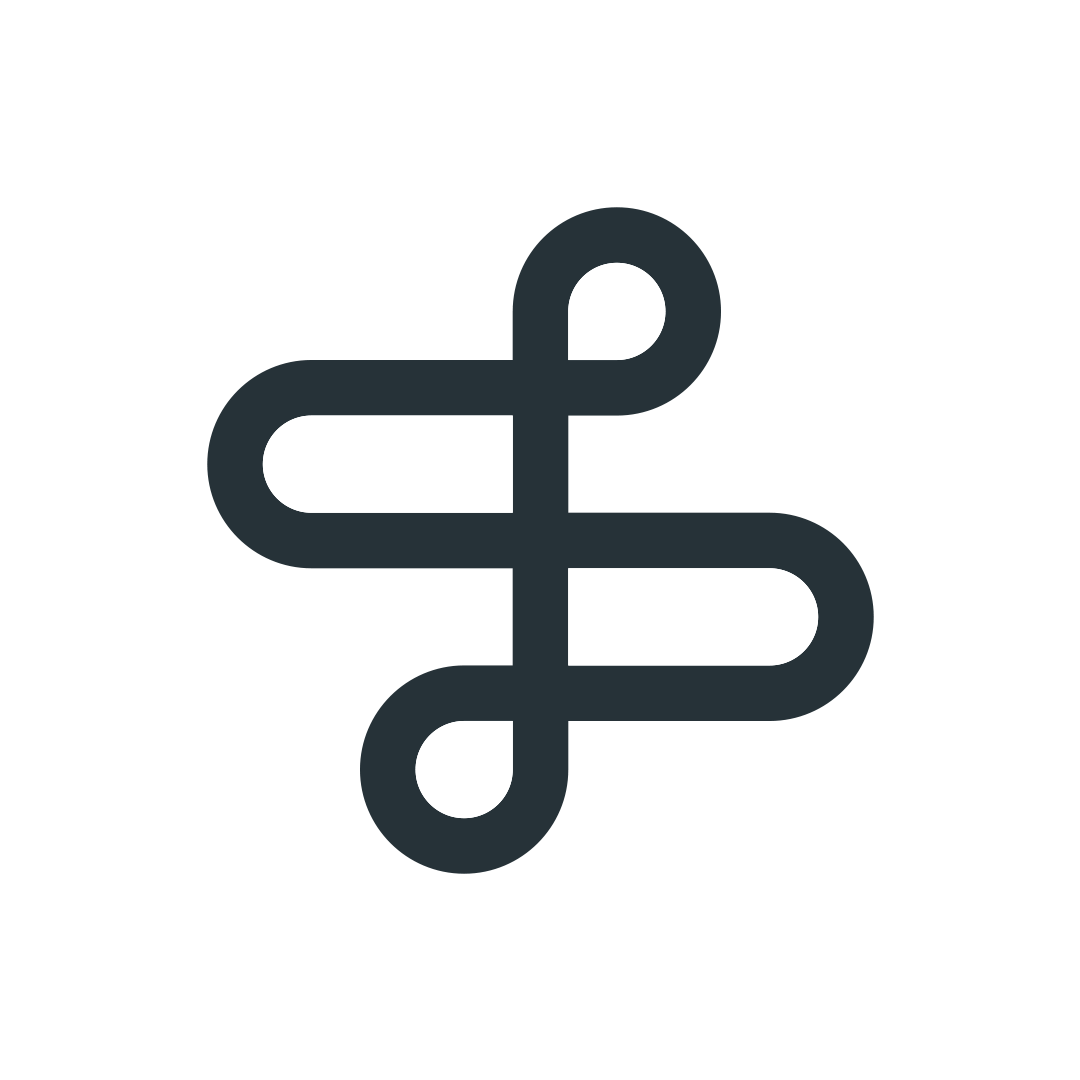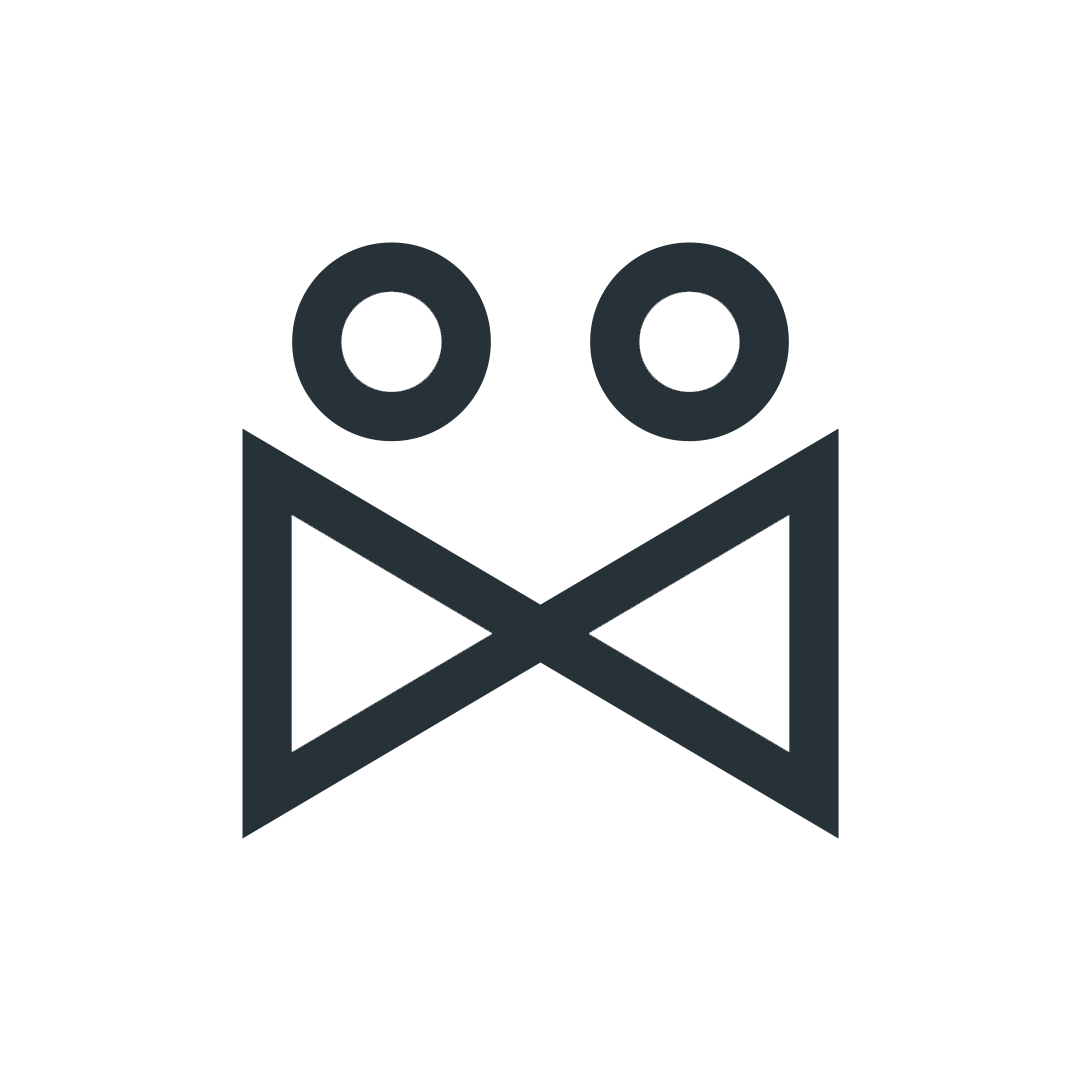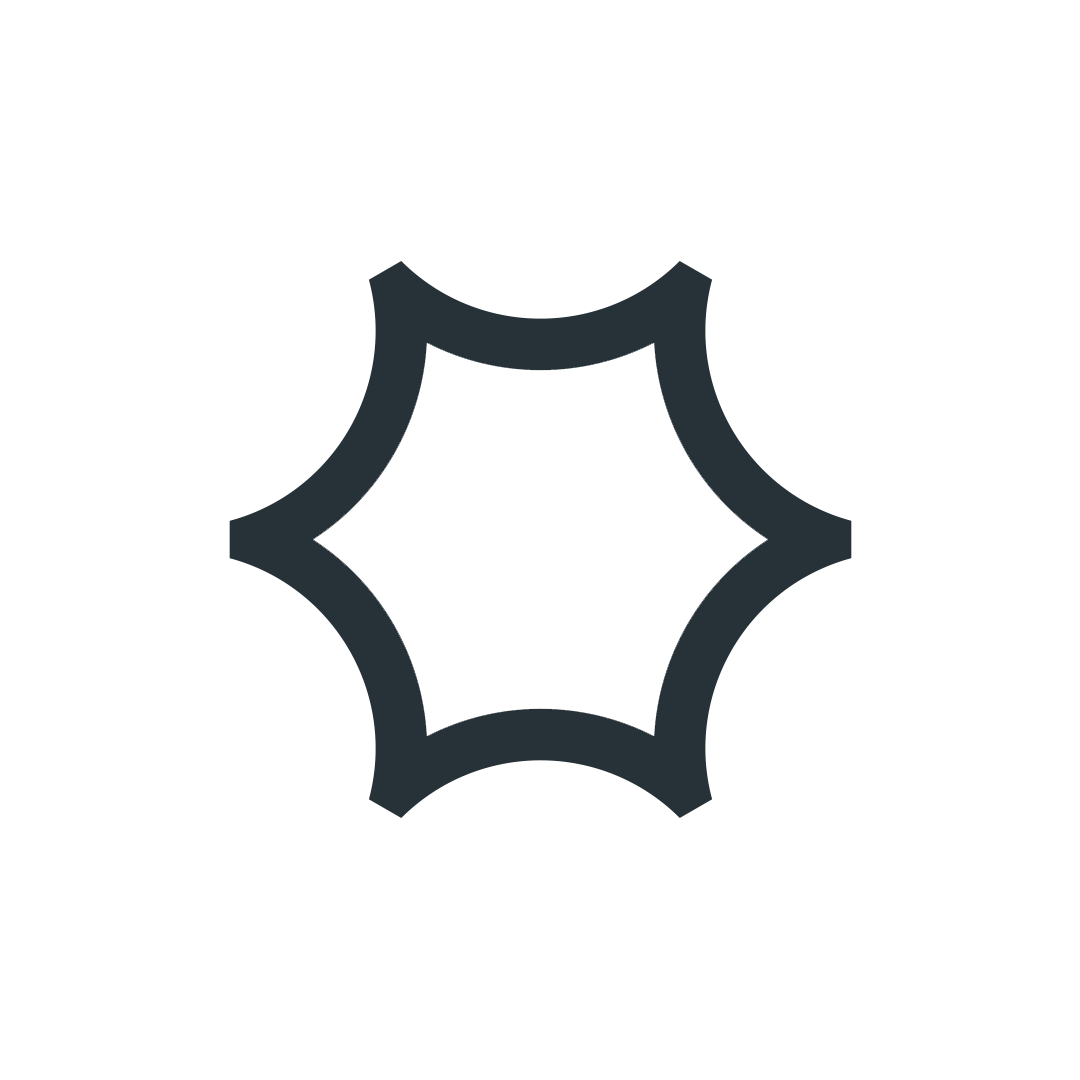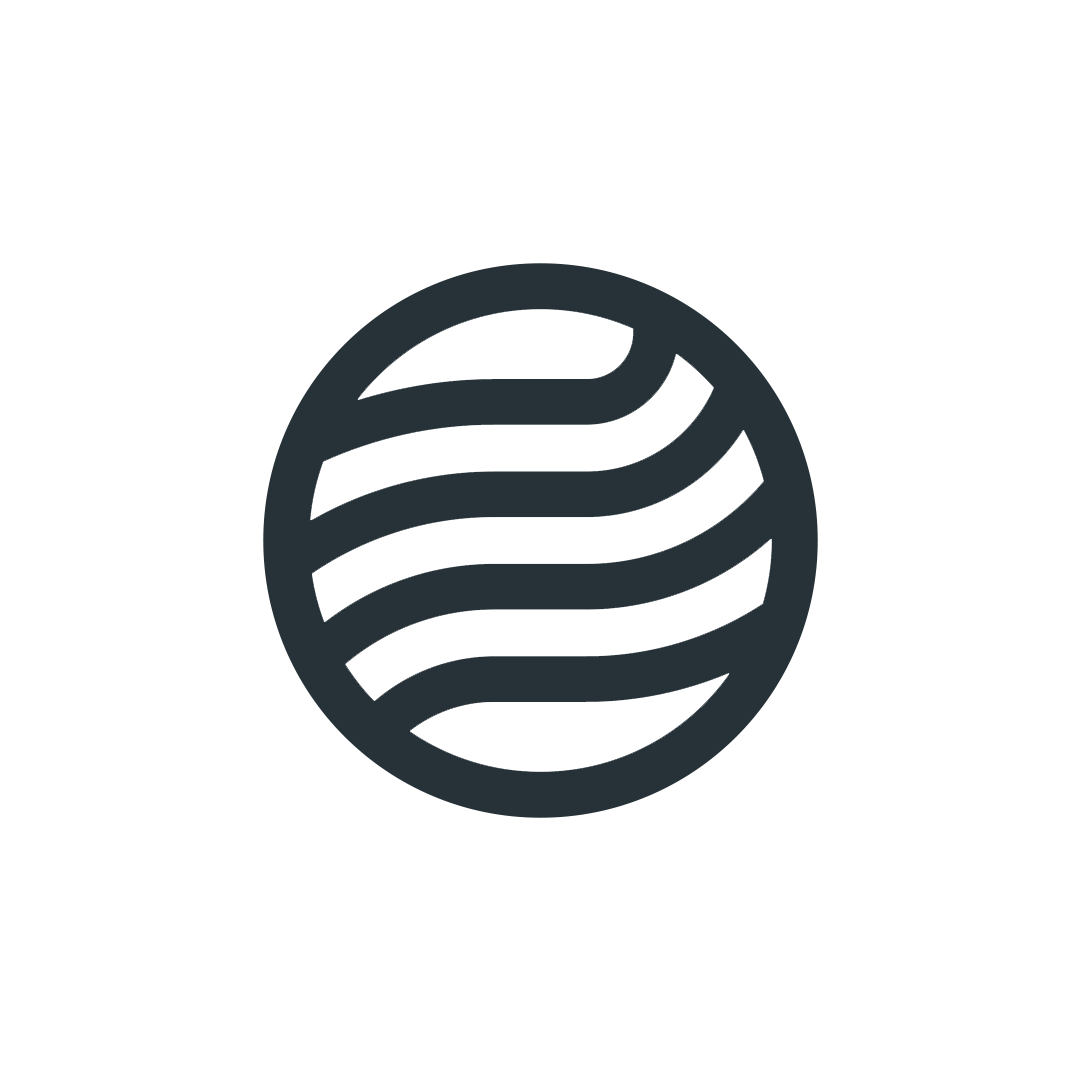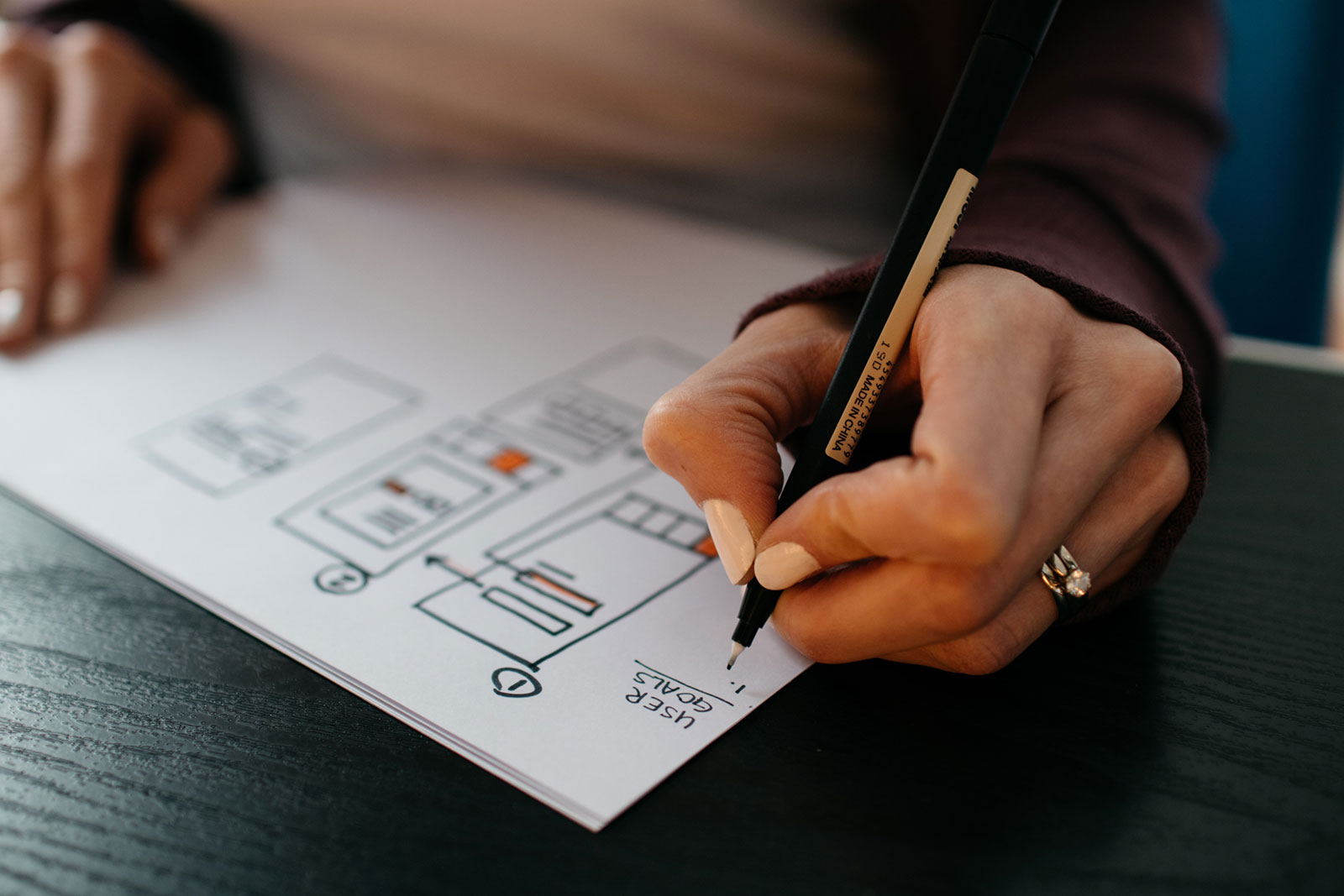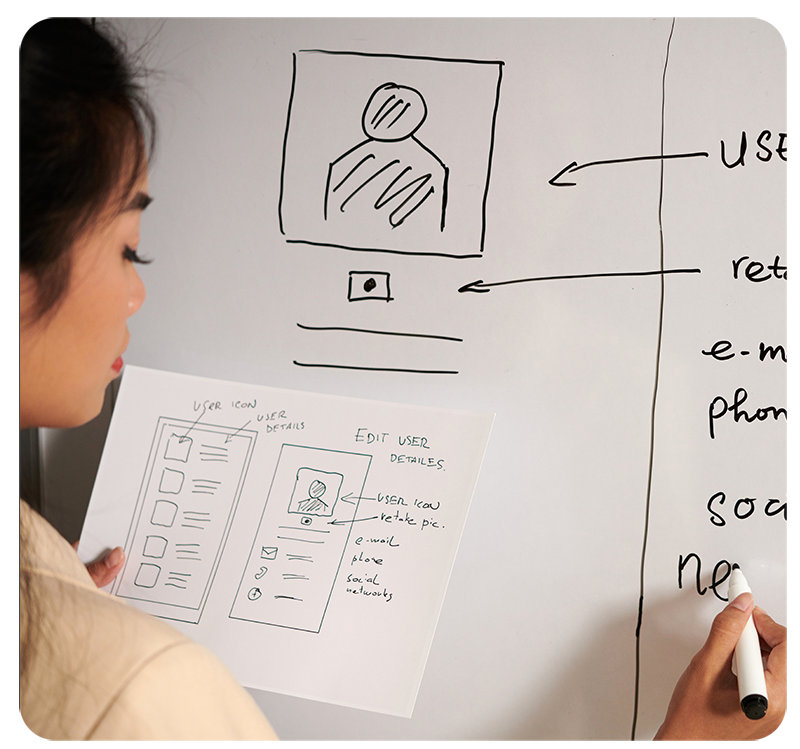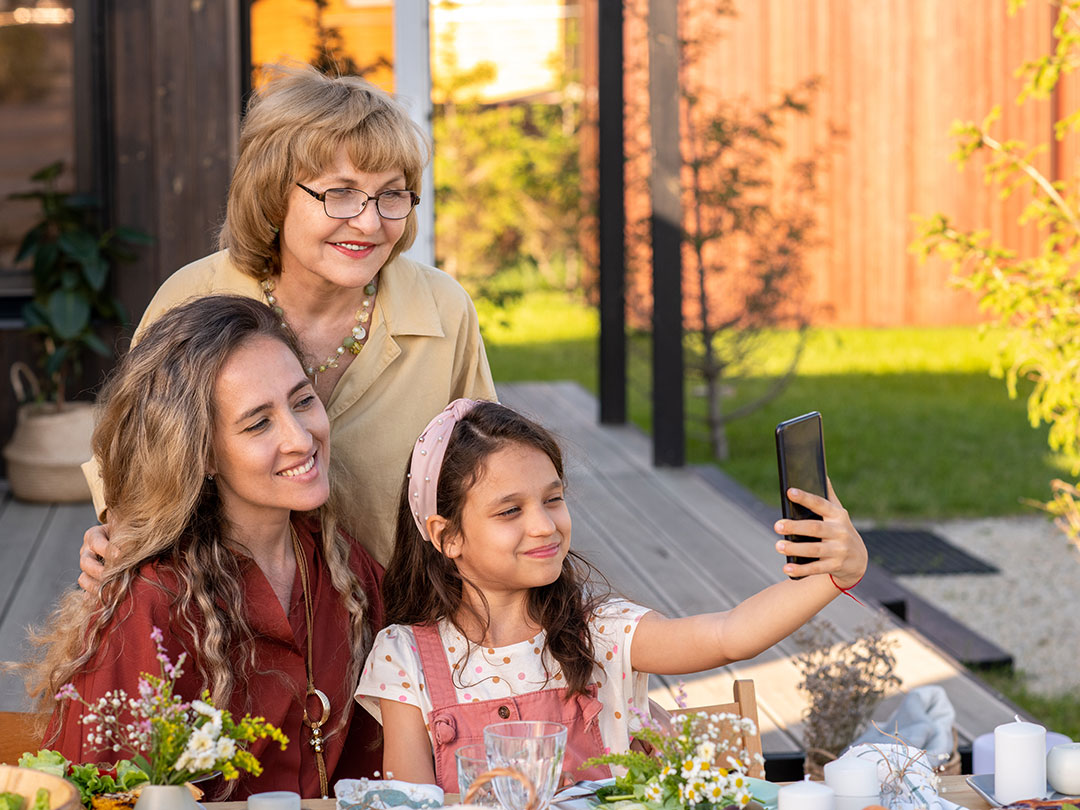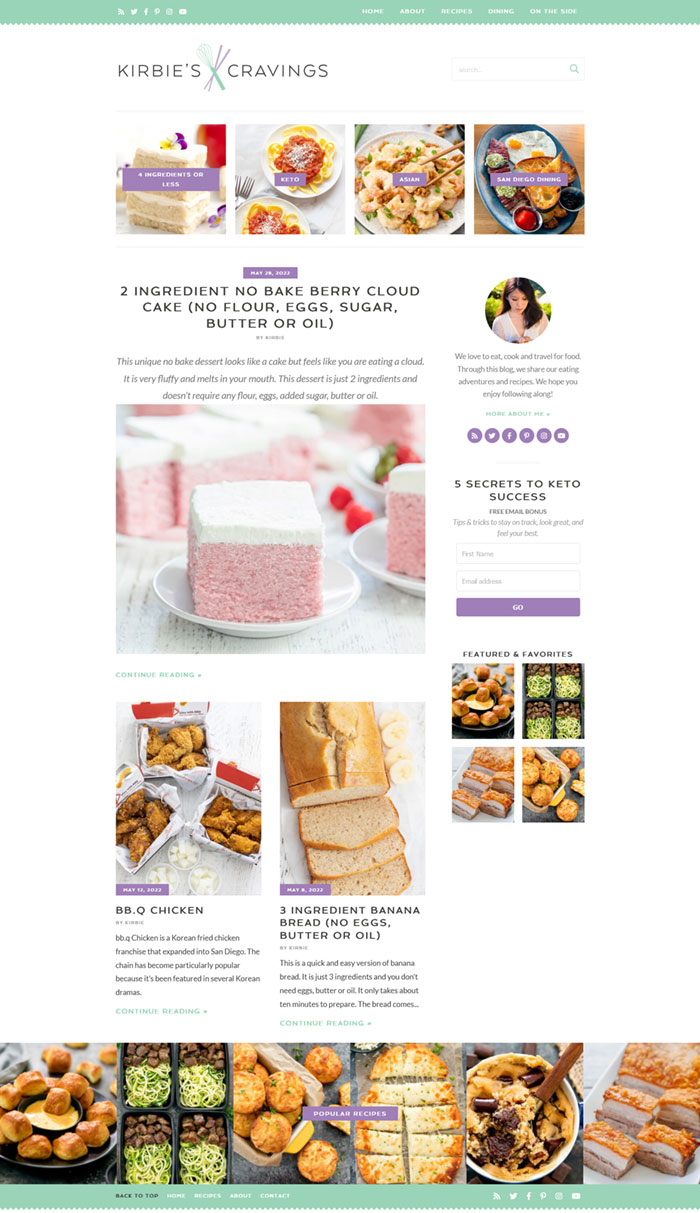
In 2020, Google gave publishers more control over how images from their site appear in Discover with the introduction of the robots meta tag max-image-preview setting. When added to the header of each site page, the max-image-preview:large meta tag indicates that Google can feature publishers’ images in large formats, creating a more compelling and engaging user experience when their content appears on Search surfaces, like Discover.
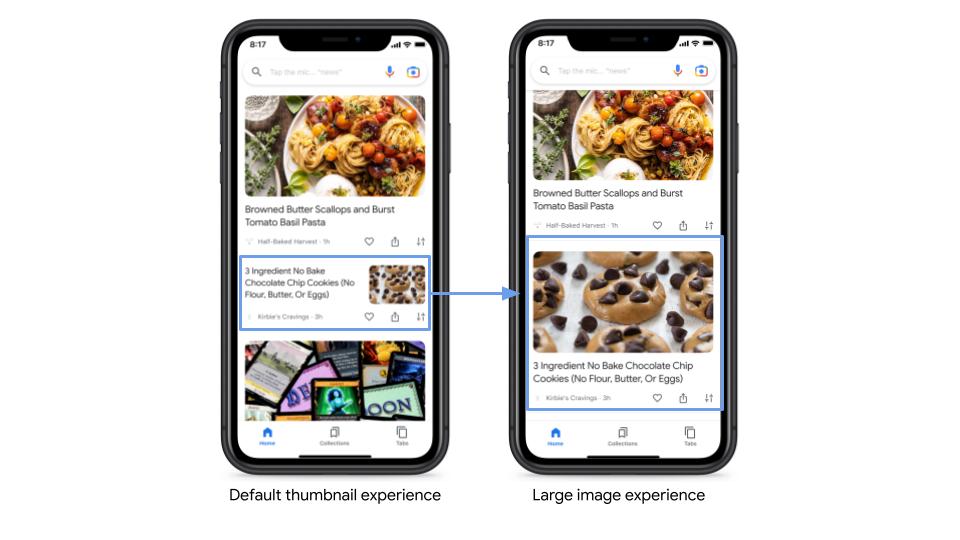
Since the introduction of this tag, we’re excited to see the success of web publishers who have reported greater visibility of their content within Discover including increased clicks and traffic to their site as well as improved click-through-rate (CTR).
The Results
“Since implementing the meta tag, we have seen click-through from Discover increase substantially. This has resulted in increased traffic to the site, helping to grow our audience, readership and pageviews.”
-Jennifer (aka Kirbie)
79
Kirbie’s Cravings gets more traffic from organic search.
Kirbie’s Cravings is a food blog that specializes in sharing recipes and highlights from dining out experiences. Jennifer, AKA Kirbie, has grown the site from a personal hobby into her full-time job as a professional food blogger and photographer. The biggest challenge Kirbie’s Cravings faces is finding new, efficient methods of distributing its content and driving traffic to the blog. Upon adding a short line of HTML, Kirbie’s Cravings saw their click-through-rate (CTR) increase by 79%.



